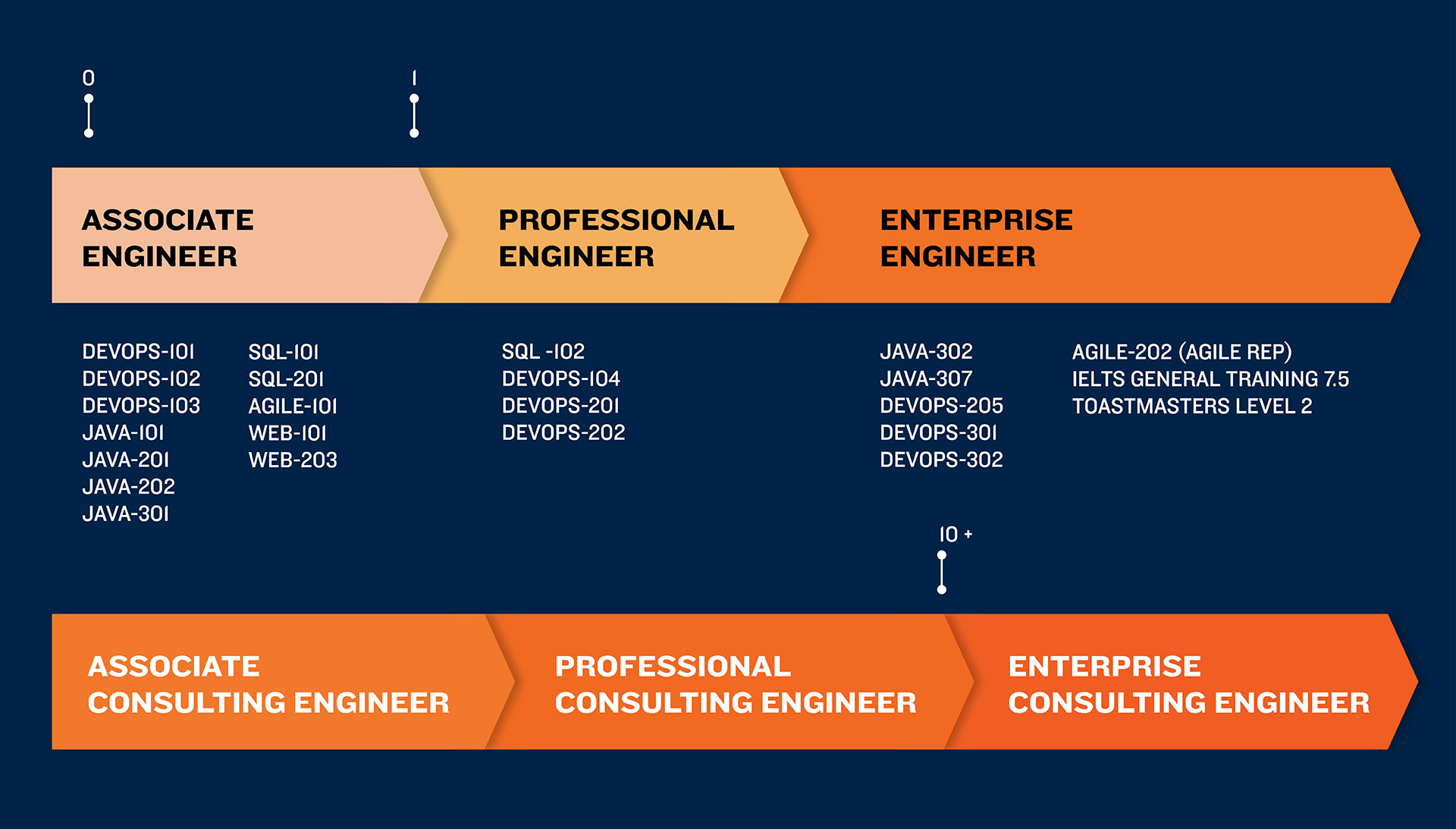Knowledge is power. In an ever-evolving tech world, it is vital for any organization to upskill their workforce. Developing new skills and knowledge provides an avenue for both employee and organizational growth, and learning these as early as now will get them ahead in their industry.
As a provider of world-class training that is built upon a solid foundation of true expertise, O&B Academy offers the opportunity for your team, as individuals, to be recognized for their newly-acquired competencies. The O&B Digital Badge is proof that its earner has acquired the skills, knowledge, abilities, and behaviors to perform their job effectively.

Create a culture of recognition
Recognition matters. Celebrating your team’s achievements helps them see the value of their efforts and contributions to the success of your organization.
By training with us, your people will earn badges they can proudly display on their LinkedIn profiles, which they are also free to share on other platforms. With a tangible source of recognition, your developers will be more satisfied and motivated in their work, leading to a better team culture with increased productivity and engagement.
This badge served as an open door to new opportunities in Project Management. Even at this early stage of my career, it solidified my confidence in pursuing leadership roles and the discipline that it takes to climb the tech ladder.
Maegan Gabriana
Stimulate a growth mindset
Growth is necessary for any thriving company. Our O&B Academy badges are concrete and quantifiable evidence of growth. They are digitally verifiable, with records of when they were issued, what skills were developed, and how the badges were earned. Receiving recognition through our badges will motivate your people to further grow their skillset as they earn more badges after completing our comprehensive, true expert-taught courses.
We issue three main types of badges earned through rigorous O&B Academy training courses and assessments:
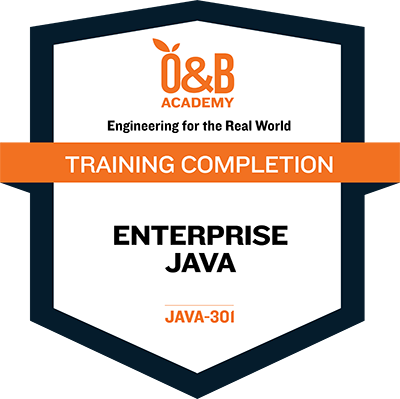
Completion Badges
O&B Academy completion badges can be earned by completing our training courses. Each course rewards the trainee with a unique badge after completing specified requirements (e.g. passing short multiple choice assessments, solving machine problems, etc.).
Passing more courses means earning more completion badges.
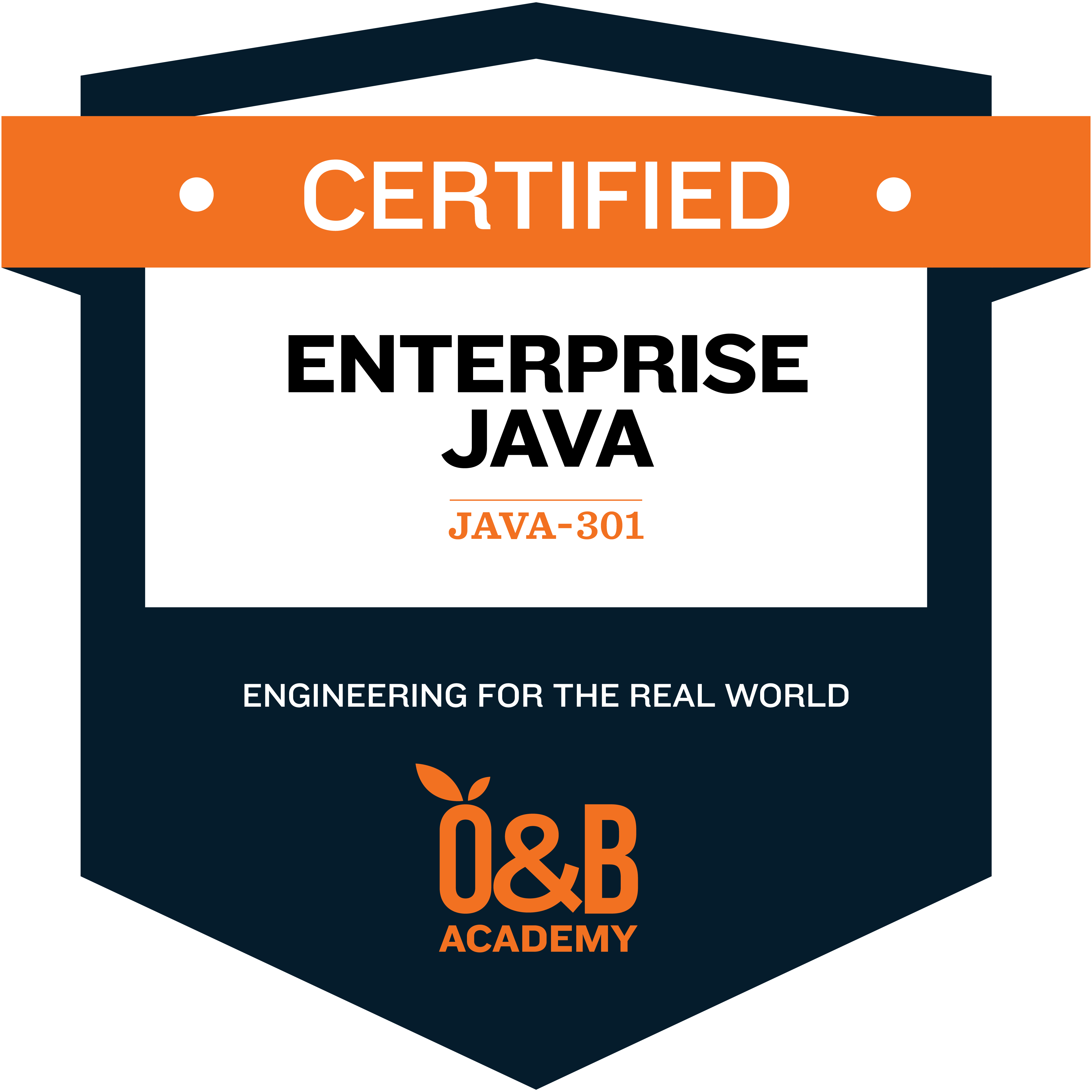
Certification Badges
It’s one thing to complete a training course, and another to be certified for it.
Our certification badges are a higher tier of O&B Academy badges which are verifiable and prove our trainees’ mastery of a certain framework, language, or technology. An O&B Academy certification badge is attainable by completing a training course and passing a comprehensive, formal assessment on the respective skill trained for.

Role-based Competency Badges
O&B believes that to become True Experts, organizations need to uphold and meet certain standards at every level. That is why we give a strong focus on Talent Management, both internally and externally.
We issue O&B competency badges to our people to validate their capability level in their respective roles – whether they’re at the Associate, Professional, or Enterprise level – through a standardized framework.
Read more on our Talent Management below.
Manage your talent
O&B’s Talent Management is all about having a standardized skills framework to ensure that your people receive the right training that suits their competency level, while simultaneously upskilling them to where they need to be.
Our proprietary management framework also defines role-based competency levels within O&B. Through this framework, our people see a clear pathway for their career growth and development.
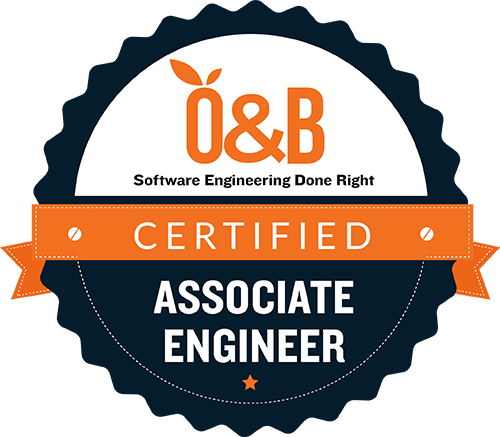
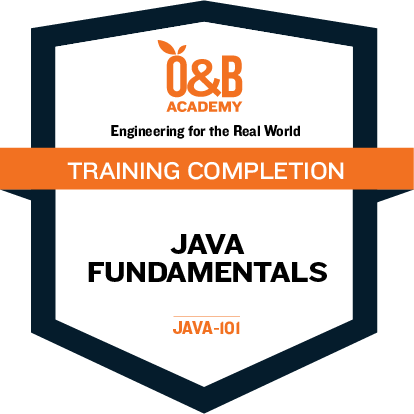
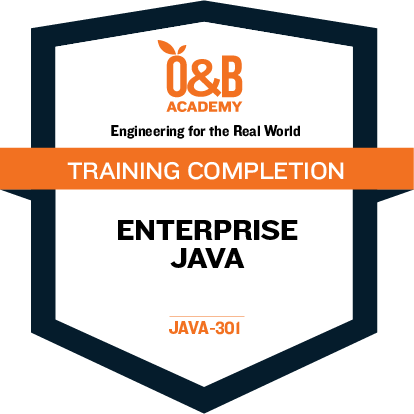

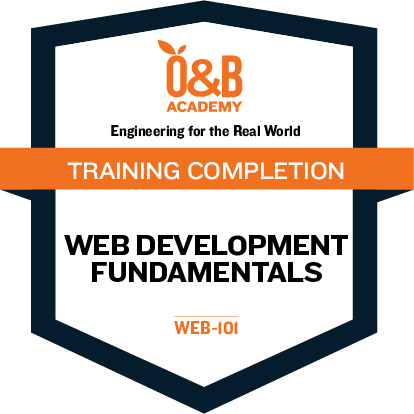
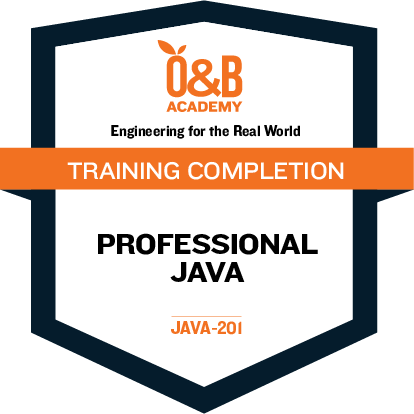
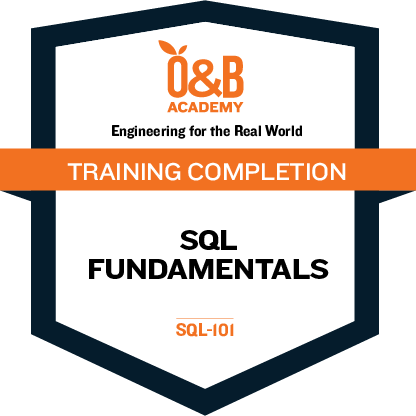

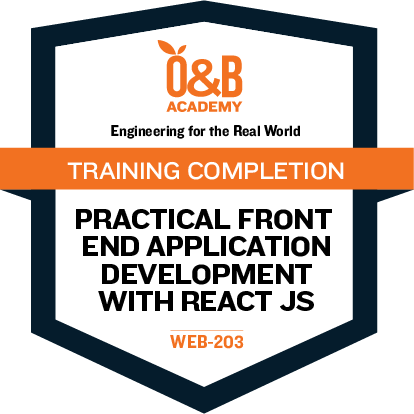
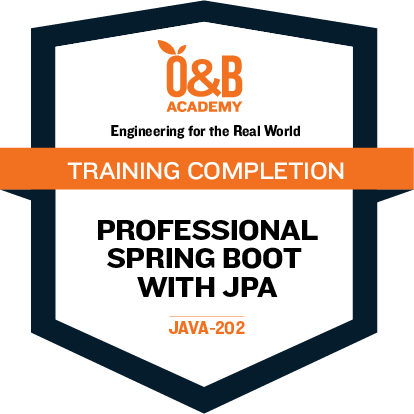
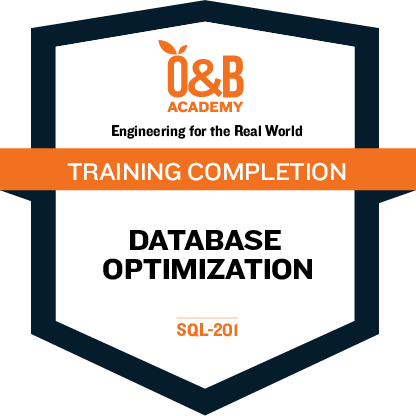
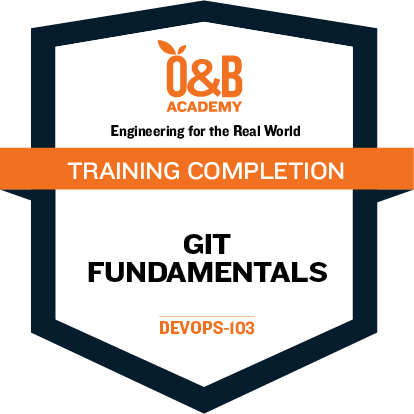
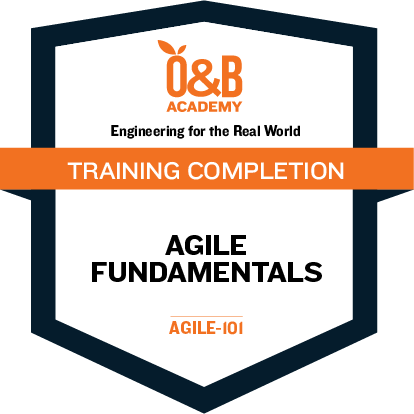
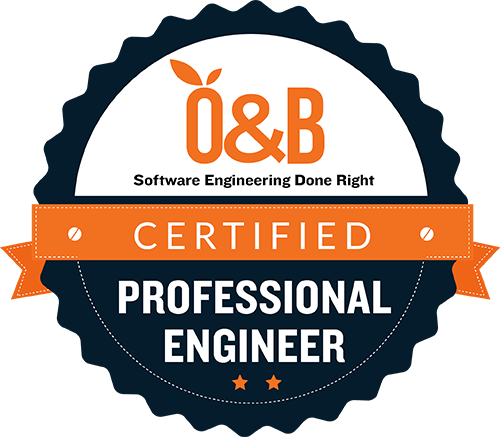
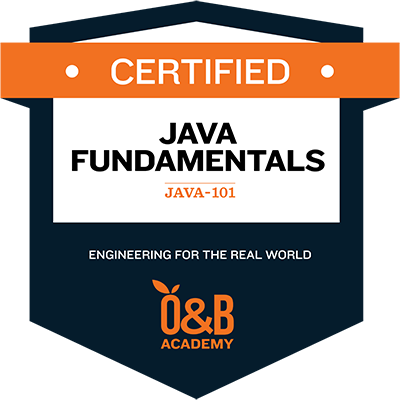
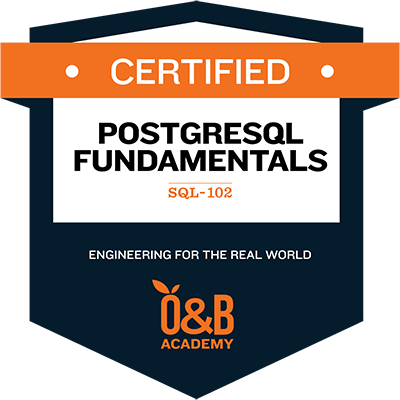

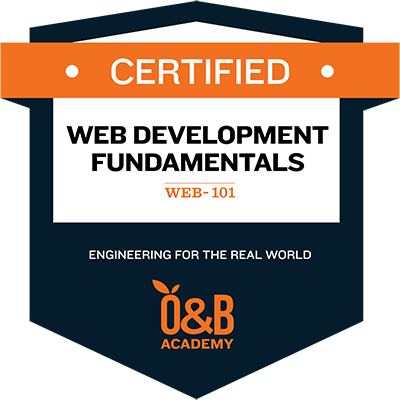

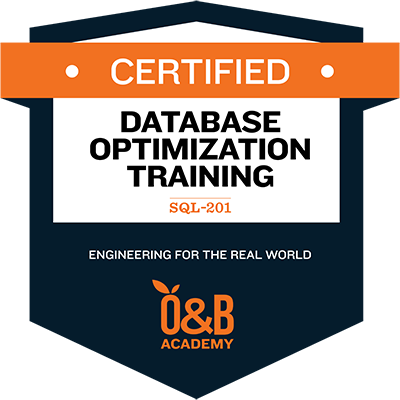
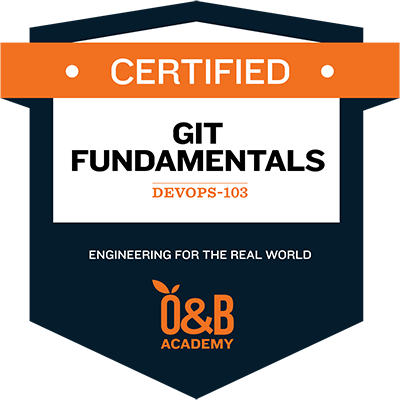
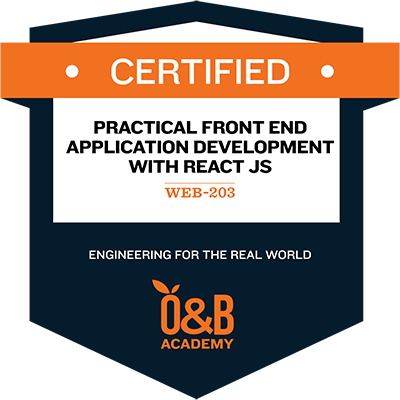


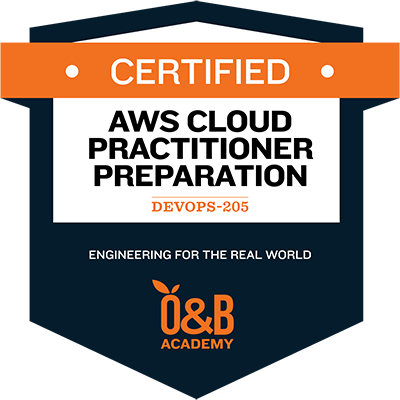
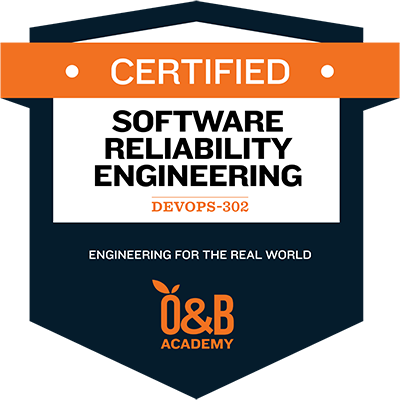


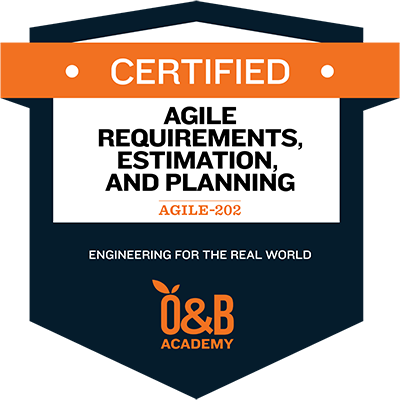
Engineering, Consulting, Testing (Progressive Frameworks)
1. Diagnostic Skills Assessment
- Pre-training diagnostic tests help us identify the skill sets that each trainee already has, and gaps in specific skills and knowledge that need to be addressed.
2. Placement
- After the results of the diagnostic assessments are finalized, trainees will then be assigned to courses that match their capability (e.g. In a group of trainees aiming to take up Professional Java, some might need to take a Java Fundamentals course first, while others can go straight to the more advanced Java course).
- This ensures that no shortcuts are taken, and that all trainees can learn at a level and pace suited to them.
3. Training
- O&B Academy offers world-class real-world engineering and related training in key topics such as Enterprise Java, DevSecOps (Kubernetes), and Agile/XP Engineering.
- Each of our courses is designed to follow a world-class, professional standard, while still fitting your organization’s O&B Academy makes sure that our trainees can solve job-specific problems and gain competencies that will help them perform efficiently in their respective roles.
- Our training is primarily done face-to-face. We believe that in-person sessions are more effective, as our instructors can provide a more hands-on experience to our trainees. We have a training facility at the O&B headquarters in Legazpi Village, Makati, but we can also come to you if you’re located within Metro Manila.
4. Assessments
- At the end of each course, trainees are assessed through a written exam, based on a set of objective criteria. This test will determine whether the trainees successfully absorbed the topics taught in their respective courses, and if they can use what they learned to solve real-world problems.
5. Feedback and Recommendations
- O&B Academy provides feedback and recommendations after each training, to help you determine your next steps to further upskill your employees.
Special Cadetship Program Badges
In line with our talent management framework, we also offer cadetship programs, which include a series of our standardized O&B Academy courses, tailored to the needs of your organization and your people’s career development.
We issue specially designed completion badges for cadetship program graduates. We are happy to co-brand these cadetship badges, giving your private cadetship program the O&B stamp of excellence. Apart from the specific courses completed, these special badges also reflect that the trainee was part of an O&B cadetship program in partnership with their organization.
When combined with the formal examination process of our certifications program, a cadetship can become the next evolution of your peoples' professional development.
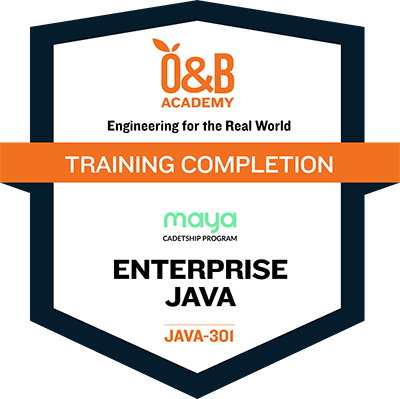
Why O&B Academy?



EDUCATION FOR THE REAL WORLD

PRACTICAL TRAINING, EXPERIENCE-LED
At O&B, our mantra is “adopt best practices and share them with others”. We developed our training programs with this in mind.
Through O&B Academy, we teach lessons based on practical knowledge, and share what we’ve learned from our vast experience across hundreds of real-word projects.

REAL-WORLD ENGINEERS AS INSTRUCTORS
Our instructors are exposed to and immersed in O&B’s consulting projects-whether in a leadership capacity, project scoping role, or doing actual development work.
We believe that to teach effectively, one must actually do the work.

HANDS-ON APPROACH

SKILLS EVALUATION
COMPREHENSIVE TRAINING CATALOGUE
- Enterprise Java
- Spring Frameworks
- Agile Engineering & XP
- Javascript
- React
- Angular
- DevOps
- Kubernetes
- Continuous Delivery
- Infrastructure-as-Code(Terraform)
- Security
- BigData
- Enterprise Architecture
- Microservices
- Istio/Service Mesh
- Database (RDBMS + NoSQL)
- Python
- Lean & Agile Practices





